Several people, when presented with the fact that we would explore Arkansas on this trip, responded with "why Arkansas? Beyond so you can brag about being in 49 of the states?" Well, I'm back to my theory about "no matter where you go..."
Out of Alabama, we moved quickly through the main part of Arkansas - it's in the plains and there is not much scenery beyond the cornfields and cotton plants. A little like Kansas, except for the cotton. We were tempted to stop in Little Rock: Capitol/capital; Civil Rights center; a national cemetary; Bill Clinton's Presidential Library - all kinds of possibilities, but we'll save that for another trip. When it's not 100 degrees out.
Instead, we reached the beginning of the mountain region. If you divide Arkansas with a diagonal through its almost-rectangular shape, the eastern side is flat; the western half has the Ozarks, a mountain range that is actually one large plateau separated by river valleys. Hot Springs is at the start of those mountains. Hot Springs was one of those towns that grew up from the - um, well - hot springs that pour out from its rock outcroppings. Very medicinal, you know. Especially in the late Victorian age when polite society could "take to the baths"; immerse themselves in about 100 degree water (it comes out of the ground at 140, but that's almost scalding, so they cool it down a little.) Bathhouses line Central Avenue (actually built over a hot creek) until bathing was less fashionable, a depression hit, and a war. But way back in the 1820s, the federal government recognized the need to preserve these forests and springs and Hot Springs was declared a national preserve - way before the concept of "national park" had developed with Yellowstone. Today, Hot Springs is a national park and its visitor center, since 1989, is one of the bath houses. The town hugs the park's boundaries and has several classic "hotel and spa" buildings left from the 20s. At various points in town, one can fill a jug with the natural waters ("it has no taste" explained a film in the visitor center. Well, duh, it's water.) People line up with gallon jugs (for sale in several local establishments for 73 cents or more) and some with five gallon jars, often a truck-load full. A drive up the north mountain takes you to an observation tower, about 760 feet above the town. A west mountain drive takes you to a more natural observation post.
A little further north is Eureka Springs, a similar town but without the national park designation. To get there, you drive through Dogpatch (it's on the map, but no road sign identifies it) and nearby Flippin (an article in a newspaper said to watch for the sign that says "Flippin Police..."), but we sped on towards Branson, mid-America's music capital, no matter Memphis might think.
Subscribe to:
Post Comments (Atom)

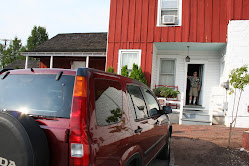
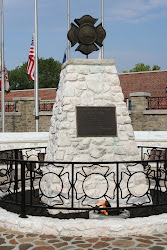
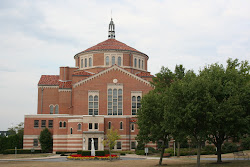

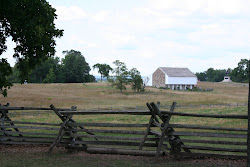
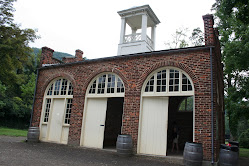
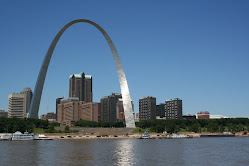

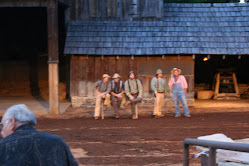
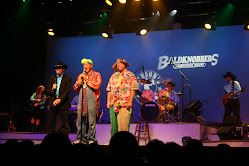
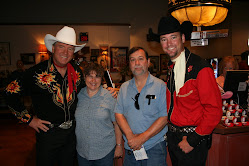
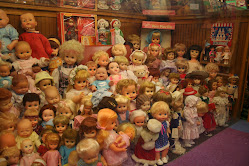
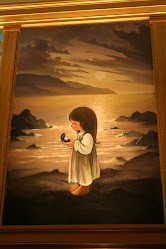
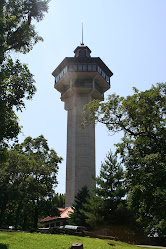
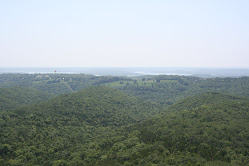
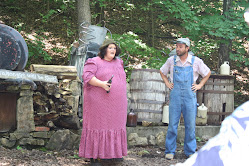
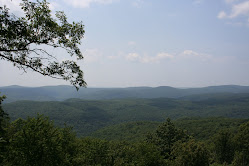
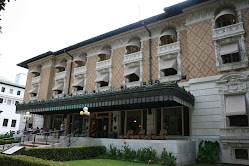

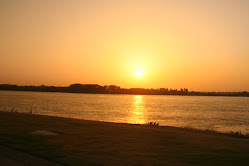
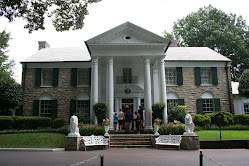
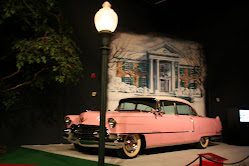

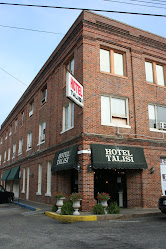
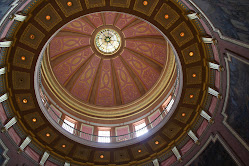
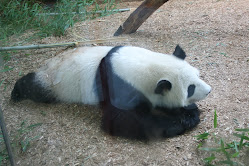
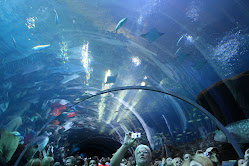
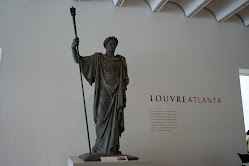
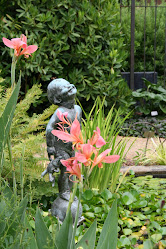

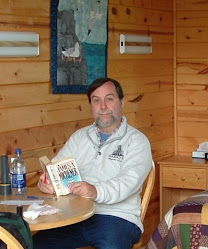
2 comments:
So, the question becomes, did you guys try the water?
We actually filled a gallon jug and brought it with us to Branson where it has become our drinking water of choice. No taste, but definitely "better than tap" according to Patty.
Post a Comment